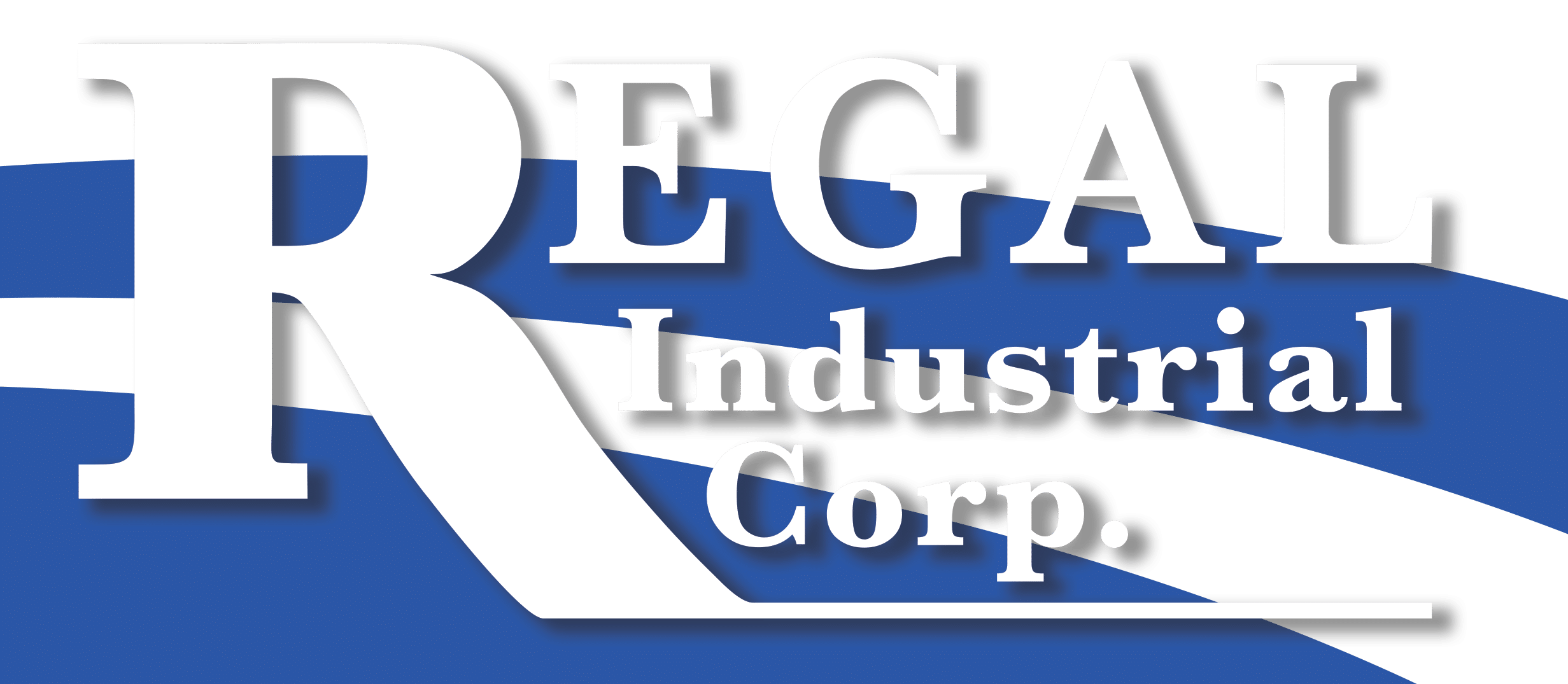 Surface preparation is the most important step in obtaining a long-term successful coating system. Regal Industrial implements several abrasive blasting and cleaning techniques to achieve long-term coating success. Some of which are general industry standards and other are specific to the substrate being coated or the coating process being applied. Below are the surface preparation standards and techniques we routinely rely on to achieve successful coating applications.
Surface preparation is the most important step in obtaining a long-term successful coating system. Regal Industrial implements several abrasive blasting and cleaning techniques to achieve long-term coating success. Some of which are general industry standards and other are specific to the substrate being coated or the coating process being applied. Below are the surface preparation standards and techniques we routinely rely on to achieve successful coating applications.
(SSPC-SP1) Solvent Cleaning: Substrates are inspected prior to blast and cleaned with solvent to remove liquid contamination, white rust (galvanized surfaces), dirt and debris. Pre-cleaning the surface prior to blast will ensure the contamination is not spread over the blasted surface and cause interference with the coating application. A clean surface will also keep your grit from becoming contaminated and spreading to subsequent blasting projects. Solvent cleaning will also prevent one time use abrasives from being contaminated prior to testing and disposal.
SSPC-SP7, 6, 10 & 5 abrasive blasting standards. Brush off blasting to a white metal cleaning degree can be achieved through our automated wheel blast machines and manually operated blast rooms. These SSPC standards are routine to our abrasive blasting operators and inspected by our quality control staff every day.
SSPC-SP16: This SSPC standard is used by Regal Industrial when preparing galvanized surfaces prior to paint. The objective is to de-gloss and etch the galvanized surface to promote paint adhesion without damaging the galvanizing.
Specific Techniques:
Metallizing: Surface preparation is without a doubt, the most important process in a metallizing application. Metallizing relies solely on a mechanical bond with the substrate. A deep, dense and sharp blast profile is required not only to meet industry standard adhesion requirements, but to ensure this expensive process meets the anticipated extended surfaces life.
- Edge grinding: this is a process that removes the hardened surface from the edge face of a plate fabrication to allow a proper blast profile to be achieved. Hardened surfaces are generated at the manufacturing facility when plate is burned or plasma cut. Typically, a hardened edge occurs in plate that is greater than ½” in thickness. Typical areas where this process is needed is flange and stiffener edges of bridge plate girders, bridge bearing plates, large baseplate of steel columns or any edge of a plate fabrication or weldment.
- Regal uses LG 25 steel grit that provides a 4 – 6 mils deep, dense and angular surface profile. Over 20 years of successful metallizing has proven this surface preparation technique. The grit can be recycled provided that it is continuously inspected for cleanliness and angularity. When profile readings start to creep below 5 mils, it’s time to add new grit to the operating mix. Steel shot should never be incorporated into the grit abrasive.
Galvanizing: Regal Industrial has been successfully painting over galvanized surfaces and structures for 40 years. The process has been the same and repeated over and over to produce quality coating systems over galvanized substrates.
- Remove white rust surface contamination by solvent cleaning per SSPC-SP1. This can be performed be wiping with clean white rags and solvent or applying a solvent to the surface and pressure washing.
- Regal Industrial performs the SSPC-SP16 required surface preparation by using a non-metallic fine abrasive such as DuPont StarBlast at a reduced air pressure. This process provides consistent quality galvanized surfaces that accept paint application. The objective of this process is to provide a galvanized surface that is de-glossed and etched in a consistent manner.
Wheelabrator Mix: Regal uses a mixture of shot and grit through our automated wheel blast machines that saves the machine cabinet life while providing an adequate 2 – 3 mil blast profile for coating structural steel, piping, piling and objects that fit through the blast cabinet.
Manual Hand Blast Rooms: Many steel structures, fabrications and weldments cannot fit through the automated process. Thus, manually operated blast rooms are necessary. Regal utilizes LG50 steel grit in these processes to produce a 3 -4 mil blast profile.
